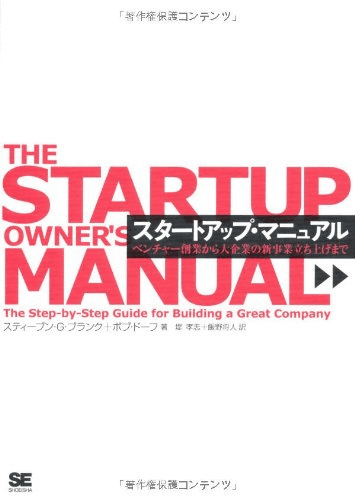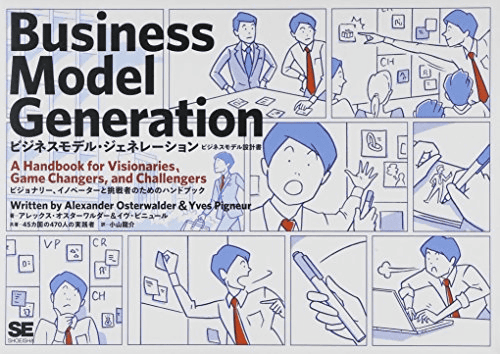Startups take three steps to grow

by
Steve Blank, an entrepreneur who was asked for help by the CEO of a startup who earned 40 million dollars a year but had to get rid of his best friend, started up Clarifies what the three steps to becoming a big company are.
Why Successful Startups Stumble at 40+ Employees – ThinkGrowth.org
https://thinkgrowth.org/why-successful-startups-stumble-at-40-employees-66312ac70fba
According to Blank, Patrick, a former student who hasn't heard about it for eight years, is now the CEO of a startup. Patrick runs the company with two co-founders, and the company has 70 employees and is expected to generate $ 40 million in sales this year. We plan to double the number of employees in the next three quarters, but on the other hand, we have had to get rid of our best friends.
Patrick told Blank that while there are many resources that new startups can refer to and useful for large companies, few are useful for growing startups, just like a road map. It feels like you're driving without having it.
In a call for help from his students, Blank says startups can be divided into three stages.
The first stage is ' search '. The goal in this phase is to find a business model that is repeatable and scalable at scale. It's time to go through trial and error to find a combination of 'what we make' and 'who buys it'. To do so, the business needs to be successful without the 'heroic efforts' of the founder, which was necessary in the very early days. In terms of the size of the company, the number of employees is about 40, and the funds are raised in seed rounds and series A. However, most startups disappear at this stage.
The second stage is ' construction '. When the number of employees exceeds 40, the company will aim for the next phase. The number of users (customers) will increase, cash flow will improve, and monetization will begin to turn around. However, hiring too many people disrupts the “do what it takes” culture that worked well for small groups and makes it ineffective. Therefore, in this phase, the company needs to think about corporate culture, training, product management, various procedures (newcomer manual, sales plan, expense report, branding guidelines, etc.). The 'build' phase lasts until the number of employees is at least 175, and at most 700. Financing is in series C and series D.
And the third stage is ' growth '. At this point, the company has grown steadily through a repeatable process, and has become 'cashable' such as IPO (initial public offering) and acquisition / absorption by large companies.
In the case of Patrick, who turned to Mr. Blank for help, the company was between the first and second stages. At least there was a lot of information to help with the 'exploration' phase, and Patrick also said that the 'startup manual' and 'business model generation' helped.
Startup Manual From the founding of a venture to the launch of a new business of a large company | Steve Blank, Bob Dorf, Masato Iino, Takashi Tsutsumi | Books | Mail Order | Amazon


However, the difficulty is from the 'build' phase. Mr. Blank gave the following four pieces of advice.
・ Although the number is small, there are useful materials, so please read them. For example, Chapter 6 'Company Building' of ' The Four Steps to the Epiphany ', ' Hard Things ' by Ben Horowitz, ' Crossing the Chasm ' by Geoffrey Moore.
-Advisory board (advisory board. A committee or gathering composed of outside experts such as outside the company to give management advice. It may be formal as a company or informal by a private acquaintance) If so, add CEO throughout this phase. If you don't have an advisory board, start in this phase.
• Have a one-on-one CEO coach (like a mentor, someone who advises) or join a CEO peer group (a group of similar CEOs who advise each other).
-Replace the members of the advisory board that cannot be utilized unless their expertise is in the 'exploration' phase, and think about 'update' of the advisory board.
Related Posts:
in Note, Posted by logc_nt







